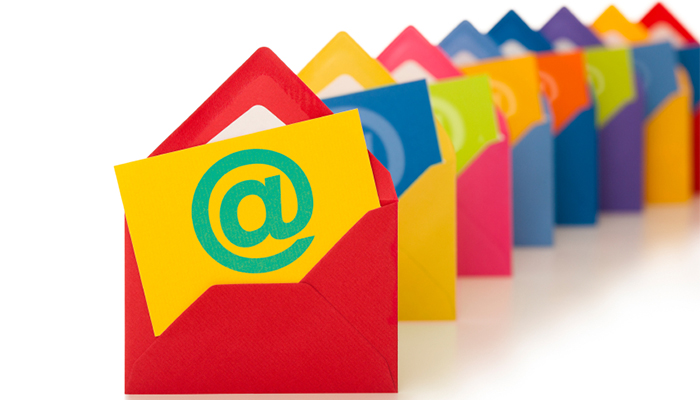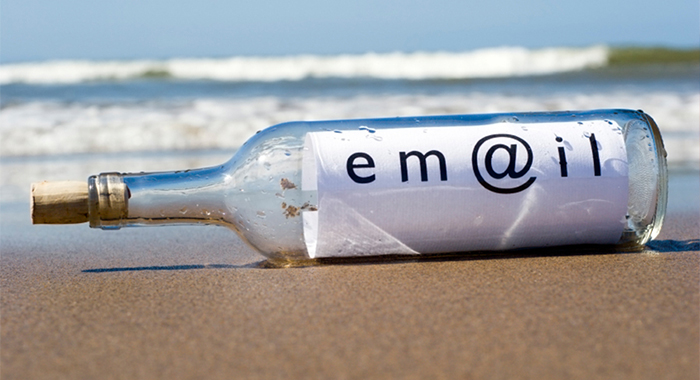In the today’s dog-eat-dog competitive business world, it is very important to use all the options at your disposal to promote what you are doing and reach new clients and customers. Possibly the best option for any kind of promotion is the Internet, since it has spread all over the world and over 35% of the whole world’s population now has access to it. What is more important, the developed regions of the world have over 50% when it comes to people who have Internet access (Europe – 63%, North American – 78%, Oceania – 67%), which that is very important, because that is usually where you want to place your products or services (statistics taken from http://www.internetworldstats.com/stats.htm).
There are many ways to promote you business over the Internet, including SEO (Search Engine Optimization), SMM (Social Media Marketing), Google Ads, permission-based emailing and many more. In this article, I will talk about what you should and what you should not do when it comes to permission-based email marketing.

What is Permission-based email Marketing?
This kind of email marketing is something that has been adopted some time ago, since the usual way of promoting over email meant that there would be a lot of spam, which proved completely ineffective and quite a nuisance for everyone involved (especially the customers). With this kind of marketing, you actually ask for permission from your clients to send them important news and other information about your company, your products and services. This is usually done by asking the clients to subscribe to a newsletter or some other form of mailing list and accept to receive regular updates on your company’s activities. That is the gist of the permission-based email marketing.
Tips: how to do it well
Tip no. 1 – Pre-determine the objectives of your campaign
As can be concluded from observing any successful business, it is important to build any marketing campaign on sound and realizable goals. When it comes to email marketing, these goals would be to create trust and loyalty with your customers, and to push the customers to have direct responses. Whichever goal you choose for your campaign, make sure that you create a sound plan for it.
Tip no. 2 – No one likes spammers
Before, when there were no spam filters with email providers, it was possible to send large amounts of emails to a large amount of random people. However, the customers became quickly annoyed with this and so the providers introduced spam filters to keep spam from reaching their users. So, nowadays, it is very important that you keep your emails away from the spam folders.
You can do this by asking for permission from the customers to send them the emails. This is the whole point of permission-based email marketing. While it may sound complicated, obtaining permission for email marketing is not at all that hard. For example, you may offer freebies, discounts, coupons or any other form of promotion to the people who subscribe to your mailing list. By doing this, you will make sure that your promotional emails reach the customers, instead of just ending washed away by the spam filter.

Tip no. 3 – Create the message well
There is no way that you will arouse the interest of your customers with a poorly constructed message. So, there are a few general tips that you should try, which have been proven to arouse the interest and not to annoy the customers.
-
– The subject line is the first thing that the customers see. Make sure that it makes sense, that it is short and that it stands out.
-
– The content of the message should be clear, well written and easily understandable.
-
– Keep the messages short. No one has the time to read long essays nowadays and make sure that you keep with the fast-paced trends.
-
– Include the signature in every email, along with a link to your website, as this is a good way to drive the traffic to a desired destination.

Tip no. 4 – Maintain your mailing list well
Most people think that once they create a mailing list, they have done all the work required. This is wrong. The mailing list requires maintaining (at least once every three months), in order to ensure that every email you send gets around well. Clear the list of people who have not reared or responded to your emails, as these people are clearly not interested. Also, if you have a larger mailing list, you should break it down into smaller components and adjust and personalize the messages sent to each of these segments.
So, to conclude, the importance of permission-based email marketing is great, since it is currently the only thing that you can do when it comes to email promotion. You should do it well, and if you are unsure whether you can meet all the demands, you should consider hiring someone to conduct this kind of marketing for you.

